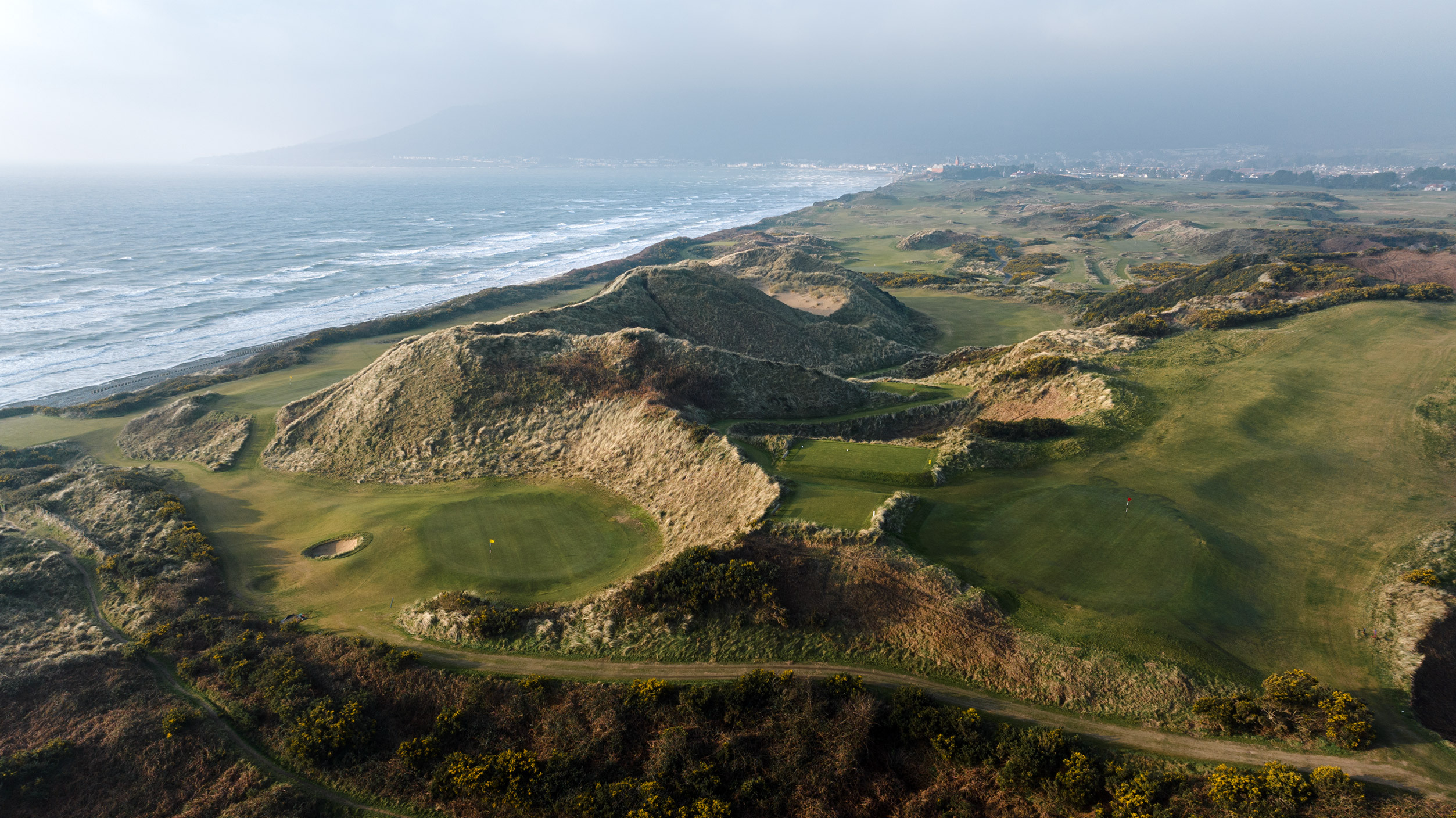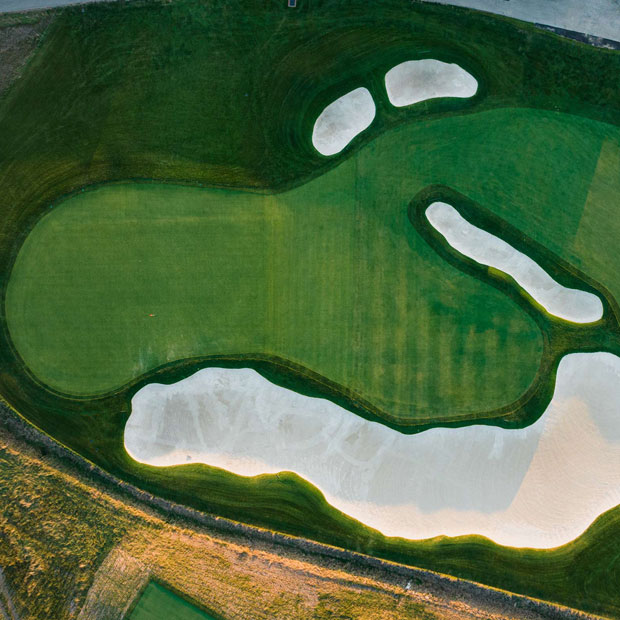Not So “Wee” Courses
Eggsplorations: Northern Ireland, Journal #4


On our travels through Northern Ireland, two of the most enjoyable golf experiences came on what were described as “wee courses.” These courses are, like the moniker suggests, smaller than “regulation” courses. They might be what we would refer to in the States as short courses. But the wee courses of the Annesley Links at Royal County Down and the Bann Course at Castlerock Golf Club are pretty unrecognizable compared to American short courses.
The identity and defining characteristic of the in vogue short course movement in the U.S. is a copious amount of par 3s, the vast majority of which are under 100 yards. After this visit to Northern Ireland and seeing their wonderful examples of short courses, I think the United States is doing a disservice to the idea of a short course by only thinking of them as par-3 courses. These designs at Royal County Down and Castlerock were much smaller courses than a regulation course, but chock full of diversity in shots, yardages, and pars. They are golf courses that test the skills required to play real golf, unlike the typical American short course, which simply tests a wedge and a putter.

The Annesley Links at Royal County Down, which is clearly not scenic at all. (Photo: Fried Egg Golf)
I want to be clear. I am not saying that amazing par-3 courses that are being built in the U.S., like the Sandbox or The Cradle or Shorty’s, are bad. They are magnificent places that provide a unique form of golf. But these aren’t the only type of “short course” we should point to when we discuss the topic of smaller forms of golf. Frankly, I would play one of these two courses at Royal County Down or Castlerock nine times out of ten over a prototypical “American Short Course” because they deliver on the tall task of providing the same thrills and decisions that regulation golf provides with a smaller footprint of cost, time, and resources.
If we are going to expand the understanding of short courses by adding subcategories such as a “par 3 course,” then I would describe these two courses in Northern Ireland as precision courses. They offer similar strategic questions as great regulation courses, just on a smaller scale. At both the Annesley at RCD and Bann at Castlerock, there are a number of par 3s like the short courses in America, but they both also included a myriad of short par 4s that presented challenging shots for those who wanted to play boldly and attempt to bully the golf course. These also offered immense strategic interest through land features and hazards. To achieve eagle or birdie looks, you have to hit great shots. You’ll face a stiff penalty if you’re unsuccessful in an attempt to play aggressively, frequently in the form of a lost ball.

No. 6 at the Bann Course at Castlerock, which is also obviously not scenic in any way. (Photo: Fried Egg Golf)
In America, you often hear architects talk about how liberating it can be to build greens on par 3 courses. They feel they can get away with creating more severe greens because of the short nature of the golf holes. You can tell on these precision courses that there is also an opportunity to be more severe with hazards. At both the Bann and Annesley, missing the fairway regularly leads to a lost ball. It inflicts a massive penalty, making players think twice before playing aggressively and whaling away. On each of these courses, the safe play usually affords a generous landing area. It’s just tough to make yourself hit the 6 iron to set up the corresponding short wedge shot.
While losing balls is never enjoyable, somehow these precision courses made it fun. It could be the general lack of pretense or seriousness that a shorter course imposes on the round. You typically play a fun group game, and you rarely tally your total score. It’s about the match you are playing, not your stroke count. Just like Coore and Crenshaw could really push the greens at the Sandbox, par 4s on short courses can be penal and tough.
The next time a developer is wondering what to do with a small corner of their property, I hope they consider a short course with par 4s. The two “wee” layouts in Northern Ireland should serve as a wee bit of inspiration for golf course design. They did for me.
{{content-block-eggsplorations-wee-courses-001}}
Leave a comment or start a discussion
Engage in our content with thousands of other Fried Egg Golf Members
Engage in our content with thousands of other Fried Egg Golf Members
Get full access to exclusive benefits from Fried Egg Golf
- Member-only content
- Community discussions forums
- Member-only experiences and early access to events






.webp)





Leave a comment or start a discussion
Lorem ipsum dolor sit amet, consectetur adipiscing elit. Suspendisse varius enim in eros elementum tristique. Duis cursus, mi quis viverra ornare, eros dolor interdum nulla, ut commodo diam libero vitae erat. Aenean faucibus nibh et justo cursus id rutrum lorem imperdiet. Nunc ut sem vitae risus tristique posuere. uis cursus, mi quis viverra ornare, eros dolor interdum nulla, ut commodo diam libero vitae erat. Aenean faucibus nibh et justo cursus id rutrum lorem imperdiet. Nunc ut sem vitae risus tristique posuere.